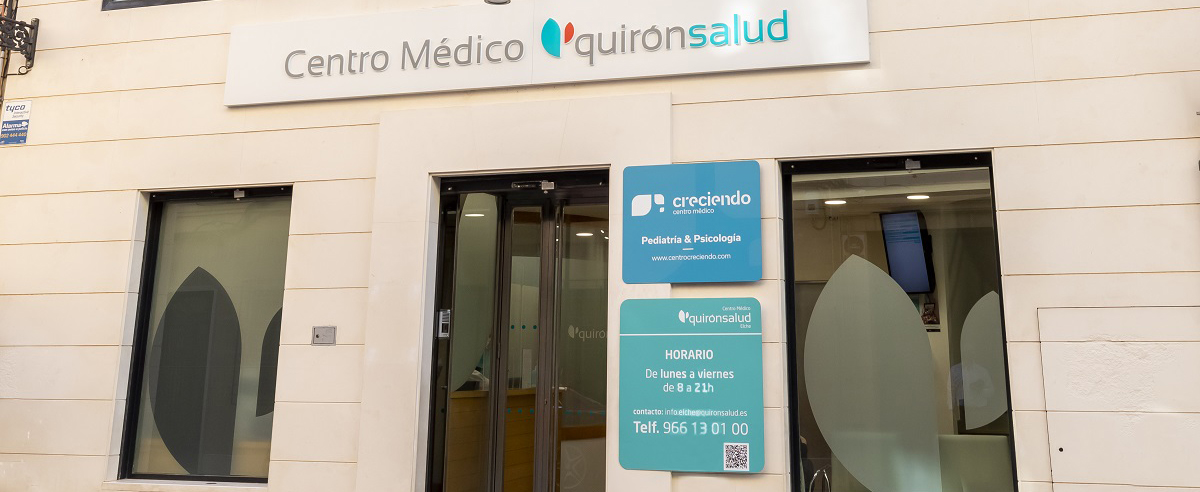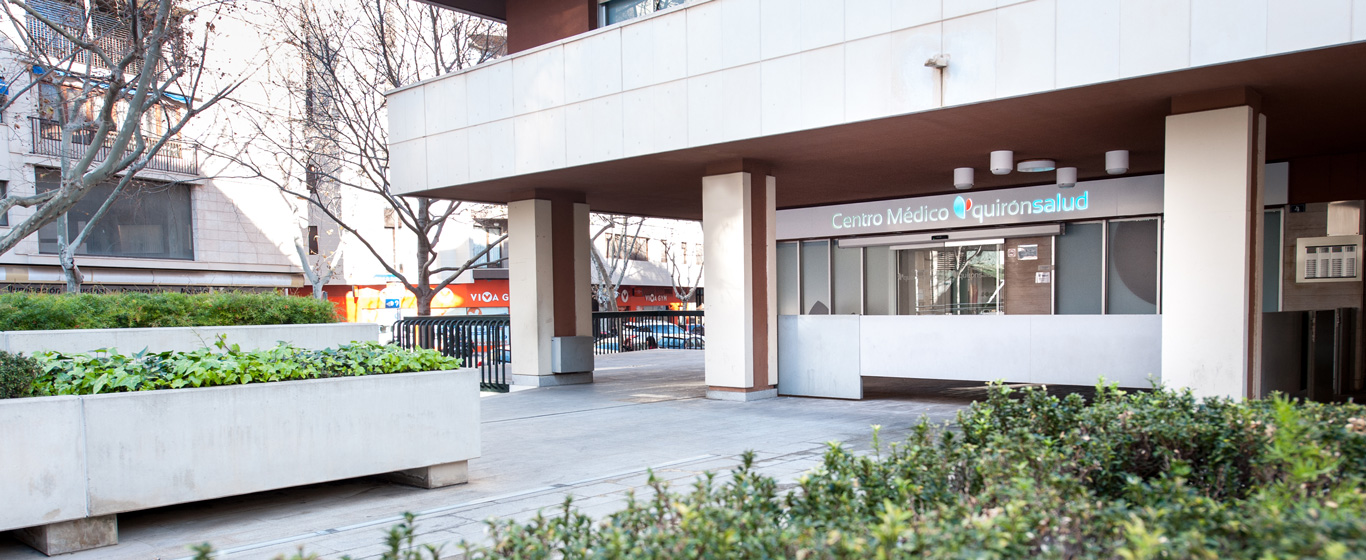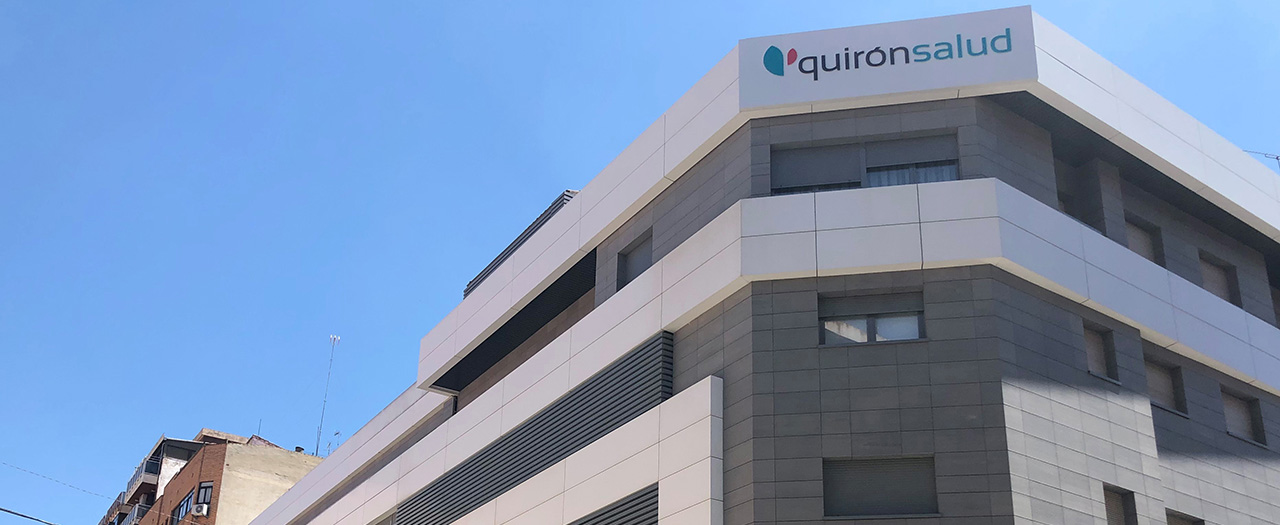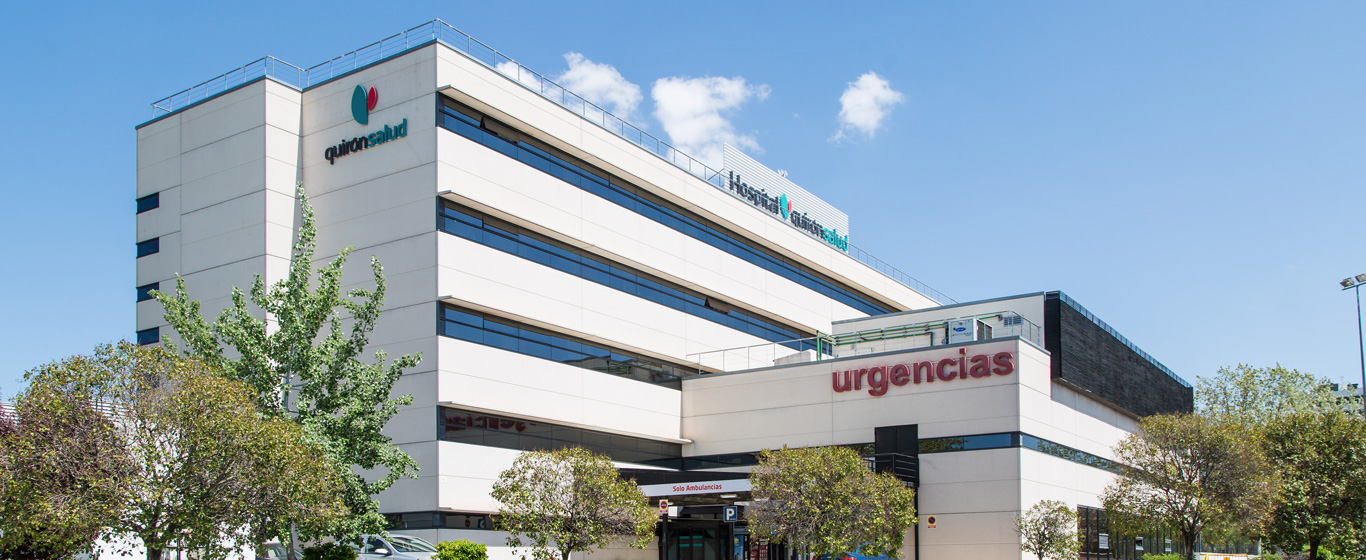Breast Ultrasound
A breast ultrasound uses sound waves to obtain images of the mammary gland. It is a non-invasive method with no health risks, used to determine whether previously detected anomalies are benign or cancerous.

General Description
A breast ultrasound is a procedure that uses sound waves to obtain images of the mammary gland. In this test, sound waves are directed at the tissues that make up the breast, and they produce an echo, which is collected by a transducer and transformed into images by a computer.
It can be performed as a bilateral mammary ultrasound (of both breasts) or unilateral (of one breast).
When is it indicated?
A breast ultrasound should not replace routine mammograms but is an alternative for patients who cannot undergo radiation, such as pregnant women.
Additionally, this technique is indicated for asymptomatic women with a family history of breast cancer. It is also useful to determine whether detected anomalies are benign (fluid-filled) or cancerous (solid masses).
Breast ultrasound with cancer is used to check the tumor's progression after treatment.
How is it performed?
To perform a breast ultrasound, a water-based gel is applied to the breasts to ensure clearer images. The transducer, a handheld probe, is then placed on the surface of the breast and moved slightly. This device emits sound waves that, upon contact with the tissues, produce echoes that a computer converts into images.
During the procedure, the patient must lie on their back and then may be asked to roll onto their side with their hands at their sides.
Risks
There are no health risks associated with a breast ultrasound.
What to expect from a breast ultrasound
For a breast ultrasound, the breasts must be exposed, and then the patient lies down on the examination table. During the procedure, the specialist may request a change in position.
It is normal to feel a cold sensation when the gel is applied, but it doesn’t last long. The gel is easy to remove and does not stain clothing. When the transducer is placed, some discomfort may be felt, especially if it is during a part of the menstrual cycle when the breasts are more sensitive. However, it is not a painful procedure.
Breast ultrasounds do not require hospitalization or rest; they are outpatient tests that last about 30 minutes. The results are explained in a follow-up consultation a few days later.
Specialties that request a breast ultrasound
Breast ultrasounds are a diagnostic or follow-up method used by gynecologists.
How to prepare
No special preparation is needed for a breast ultrasound. However, it is recommended to avoid having the procedure one week before menstruation (as hormones can affect the results). If possible, it should be scheduled for the week after the period.









































































































